Key Points – Russia’s cutting-edge fifth-generation fighter, the Sukhoi Su-57 (NATO reporting name ‘Felon‘), was prominently featured by Rosoboronexport at the LIMA 2025 exhibition.
-Developed by the renowned Sukhoi Design Bureau, the Su-57 is engineered to replace and augment previous generations of combat aircraft within the Russian Aerospace Forces (VKS).
-This versatile platform is designed for a wide array of missions, including achieving air superiority, conducting ground attacks, suppressing enemy air defenses (SEAD), and is slated for future integration with unmanned combat aerial vehicles (UCAVs).
Su-57 Felon Stealth Fighter Design, Performance, and Stealth Characteristics
The Su-57 incorporates several features to minimize its radar cross-section. These include the extensive use of composite materials, accounting for approximately 25% of its airframe, specialized radar-absorbing coatings, and the internal carriage of weaponry within concealed bays.
Key physical and performance specifications include:
- Length: 19.8 meters
- Wingspan: 13.95 meters
- Height: 4.74 meters
- Maximum Take-Off Mass: 34,000 kg
- Maximum Speed: Approximately Mach 2 (ranging from 2,470 to 2,950 km/h depending on the specific variant)
- Range: 1,250 km (combat radius) to 4,000 km (ferry range)
- Service Ceiling: Around 19,000 meters
The Su-57E (export variant) is distinguished by its exceptional agility and maneuverability, attributed to a sophisticated aerodynamic design incorporating swept wings, canard control surfaces, movable tailplanes, and thrust-vectoring engine nozzles.
This allows the aircraft to achieve angles of attack exceeding 60 degrees and sustain G-loads of up to 9g. While primarily a fly-by-wire system, the Su-57 retains mechanical backup controls for enhanced safety in case of electronic system failures.
Advanced Propulsion: Powering the Su-57 Felon
Currently, the Su-57 is powered by two AL-41F1 (Izdeliye 117) advanced afterburning turbofan engines. Each engine produces over 86 kN of dry thrust, increasing to over 142 kN with afterburner engaged. This engine marks a significant improvement over its predecessor, the AL-31F (which powered the Su-27 family), offering over 12% more dry thrust and over 19% more afterburning thrust with only a 4% increase in dry mass.
However, the upcoming modernized Su-57M variant will feature the new ‘Izdeliye 30’ (AL-51F) engine. This next-generation powerplant is expected to deliver even greater performance, with an anticipated thrust increase of over 25% (dry) and over 17% (with afterburner) compared to the current AL-41F1. These improvements will lead to enhanced fuel efficiency, superior supercruise capability (sustained supersonic flight without afterburners), and a higher maximum speed.
Cutting-Edge Avionics and Sensor Suite
The Su-57 is equipped with a sophisticated sensor suite. Its primary sensor is an AESA (Active Electronically Scanned Array) X-band radar, which is complemented by L-band side-looking radars designed to detect low-observable (stealth) targets. The aircraft also boasts advanced data fusion capabilities and an “intelligent skin” – a network of sensors integrated into the airframe providing 360-degree situational awareness. A comprehensive integrated electronic warfare system, active decoys, a directional jammer, and infrared countermeasures further enhance its survivability.
The pilot interface includes a head-up display (HUD), a helmet-mounted vision system, and a fully glass cockpit dominated by a single large-screen multifunction display. The advanced avionics suite enables a formation leader to effectively assign targets to other aircraft within the formation.
Potent Armament for Multirole Missions
The Su-57 can carry a diverse array of weaponry. Its air-to-air missile arsenal includes the RVV-BD, RVV-SD, and RVV-MD2. For air-to-surface engagements, it can be armed with missiles such as the Kh-38MLE, Kh-58UShKE, Kh-69, and Kh-35UE, as well as guided bombs like the KAB-250LG-E, UPAB-1500BE, and K08BE. A GSh-30-1 30mm internal cannon provides close-range firepower. The internal weapons bay can accommodate up to four missiles in the main hold and two in side holds, with an additional six external hardpoints available for carrying extra ordnance.
Development Journey and Production Status
The conceptualization of a new-generation Russian fighter dates back to the late 1980s, but the formal program commenced in 2002 with Sukhoi’s selection as the lead developer. The development contract was inked in 2003, and the first prototype achieved its maiden flight in January 2010. Multiple prototypes underwent extensive testing to validate performance, onboard systems, and stealth characteristics. The program encountered several delays and technical challenges, including incidents during flight tests (such as a prototype fire) and issues with the initial AL-41F1 engine, which ultimately led to the decision to develop the new Izdeliye 30 engine.
The Su-57 is currently in serial production, with an initial order for 76 aircraft intended to equip three regiments of the Russian Aerospace Forces. The first operational deliveries commenced in 2020, and production is steadily increasing.
Future Evolution: The Su-57M and Beyond
The modernized Su-57M variant will incorporate the new AL-51F engines, alongside upgraded avionics, a revamped cockpit, and increased automation. Features under development include intelligent pilot assistance systems and potentially voice or eye-controlled interfaces.
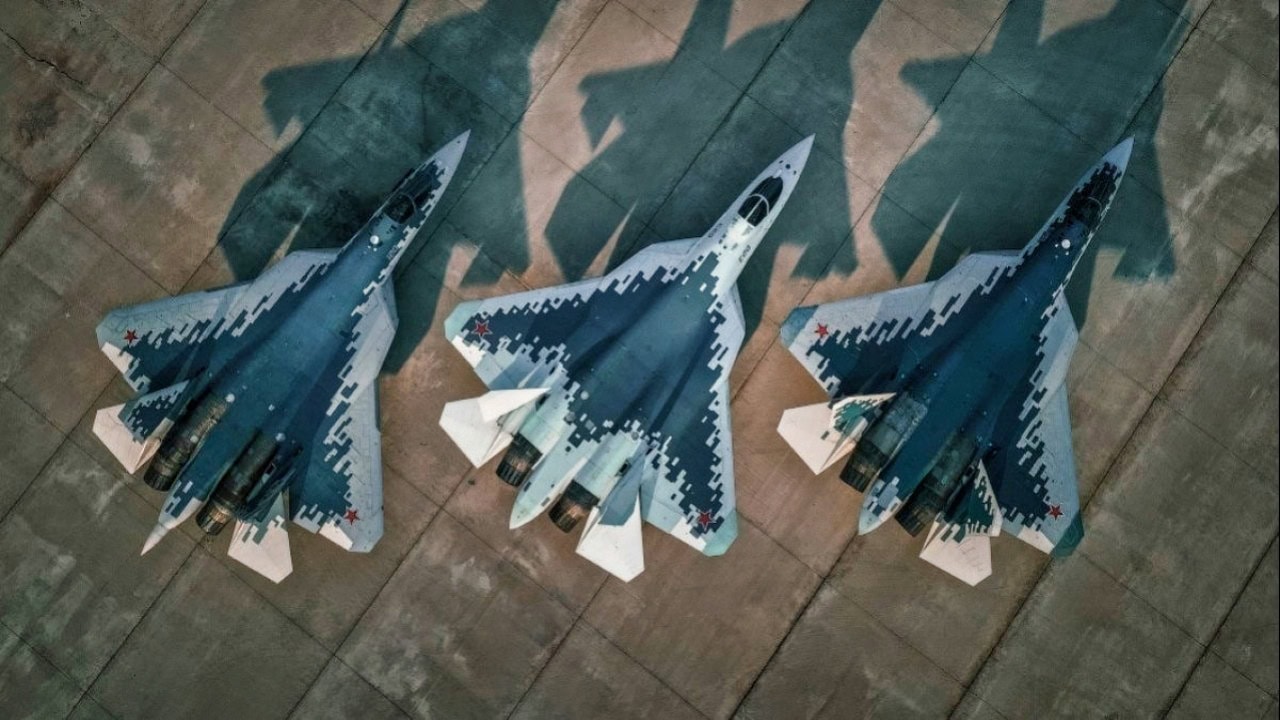
Su-57 Felon. Image Credit: Russian Government.
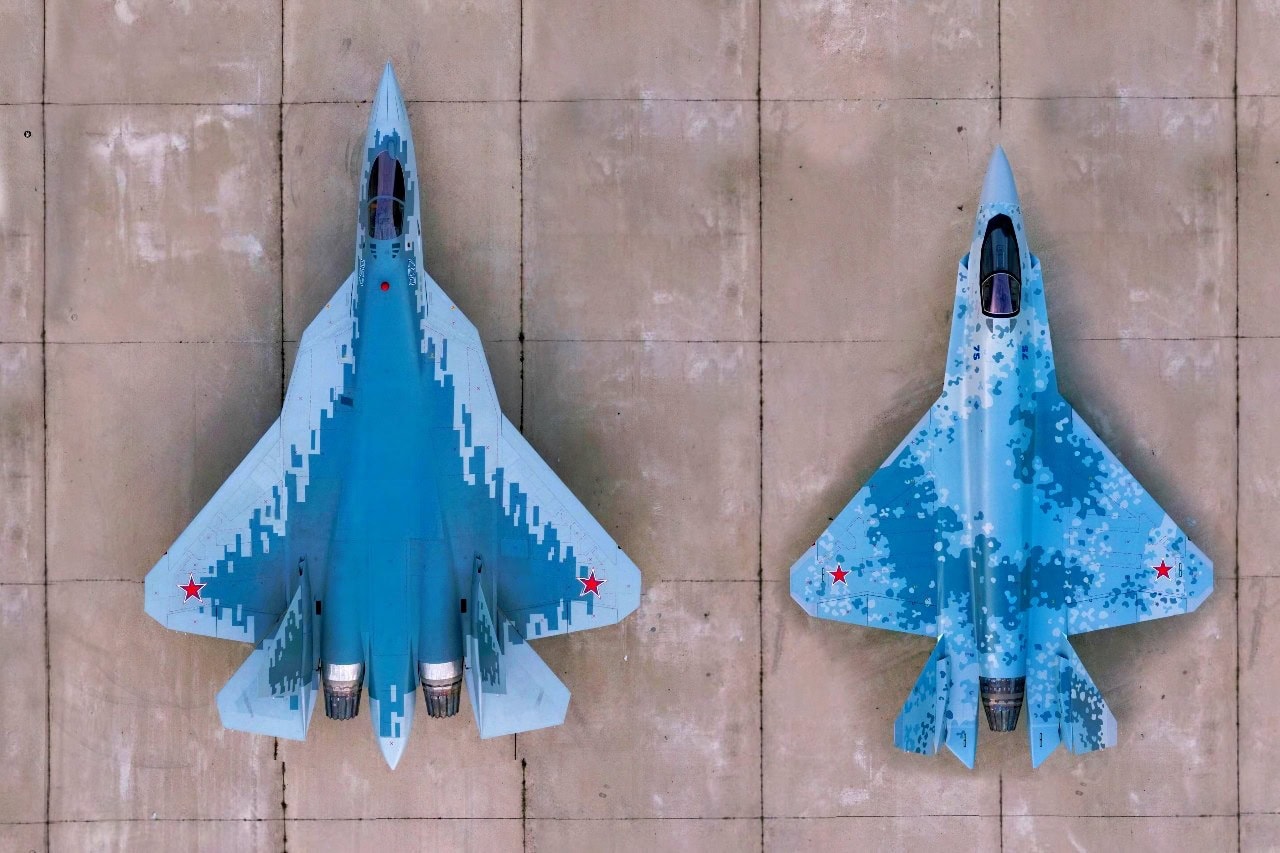
Su-57 Felon and Su-75 Fighters From Russia. Image Credit: Creative Commons.
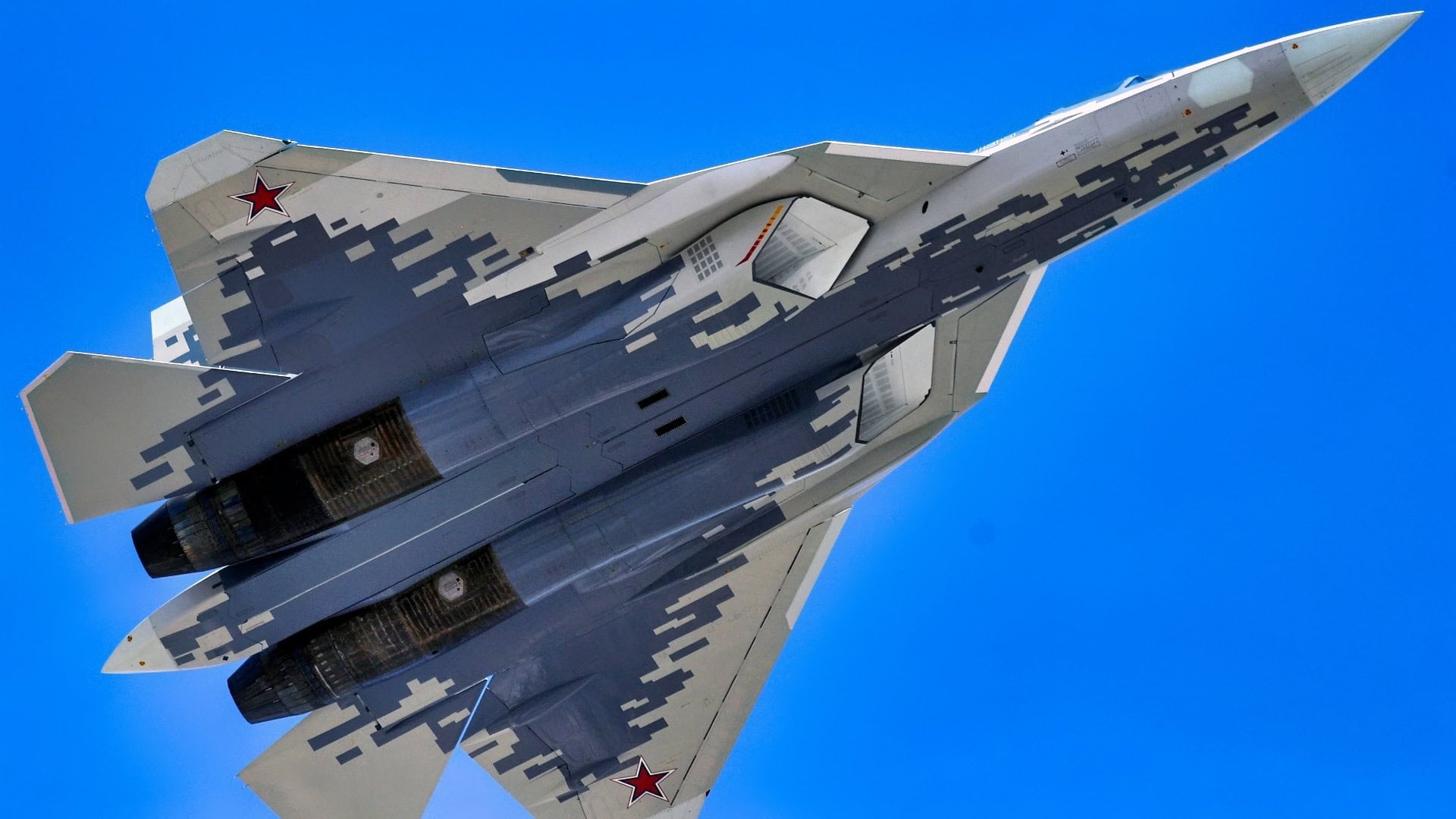
Su-57 Felon from Russia. Image Credit: Creative Commons.
Notably, the Su-57 is cited as the first non-U.S. fifth-generation fighter to have been evaluated in real-world combat scenarios, reportedly undertaking attack missions, suppression of air defenses, and, according to some sources, air-to-air engagements during Russian military operations in Ukraine.
The Su-57 is recognized for its super-maneuverability, its capability to operate from shorter runways, its multirole versatility as a fighter-bomber, and a claimed lower maintenance cost compared to its Western counterparts. As it continues to evolve with the forthcoming Su-57M version and the integration of advanced technologies like artificial intelligence, UAV control, and an intelligent cockpit, the Su-57 is poised to be a cornerstone of Russian combat aviation for many years. An export version, designated Su-57E, is also being marketed internationally.

.jpeg)

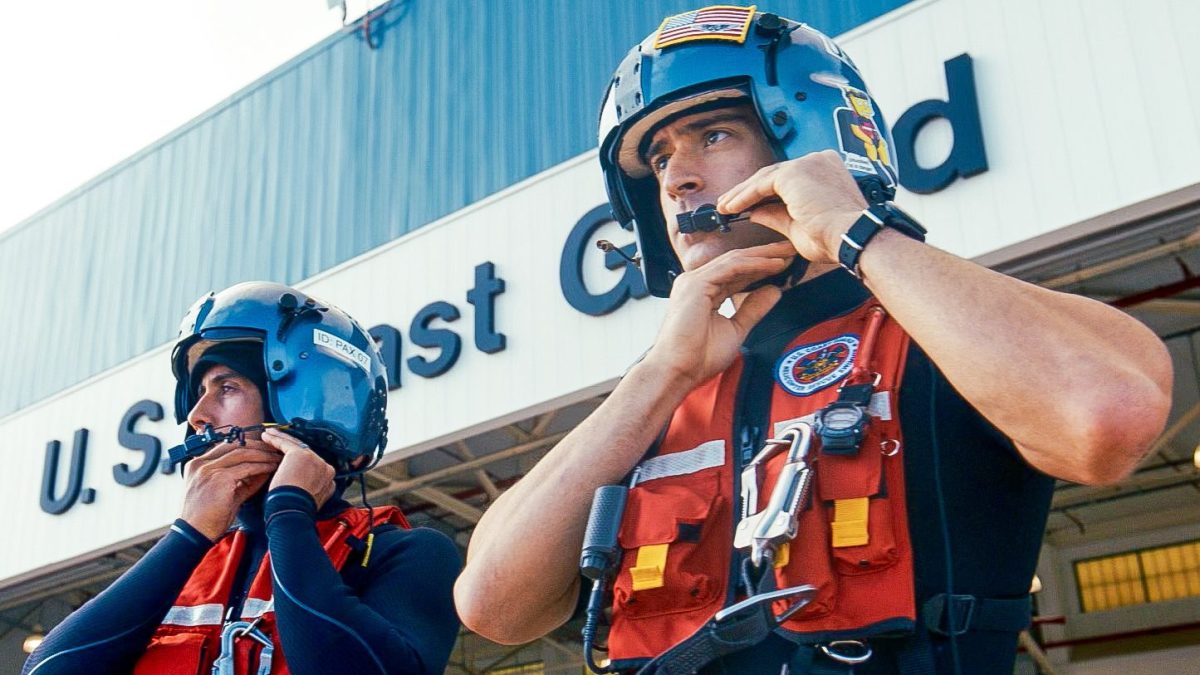
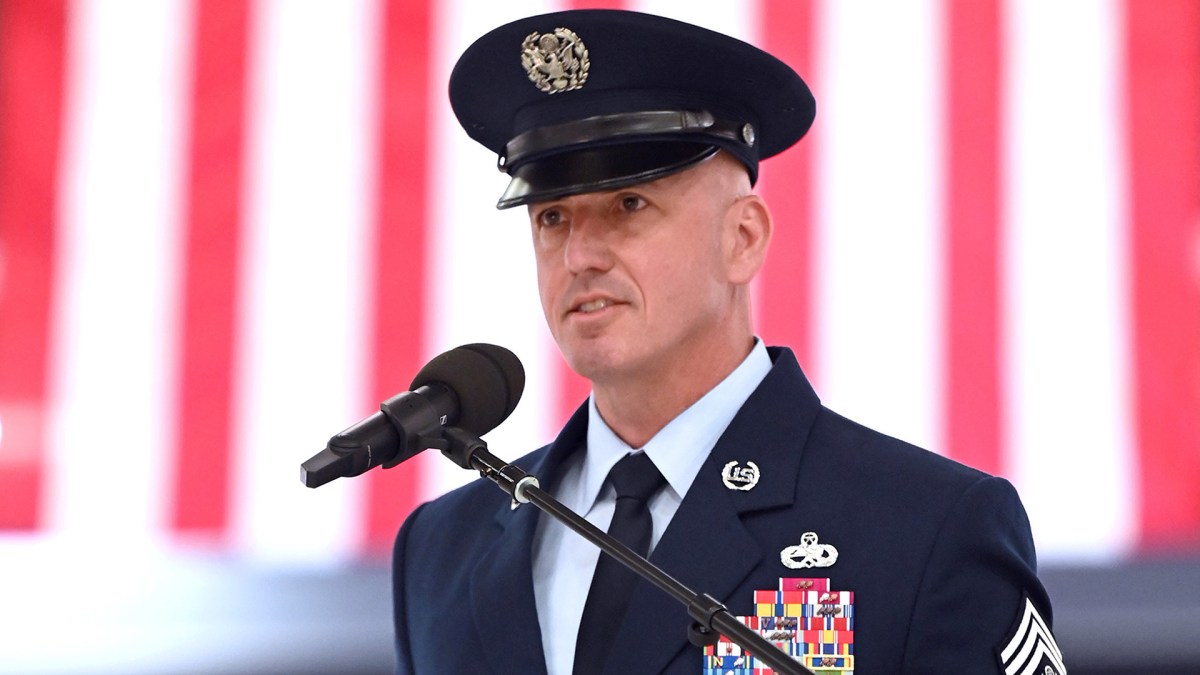




















.jpeg)












 English (US) ·
English (US) ·